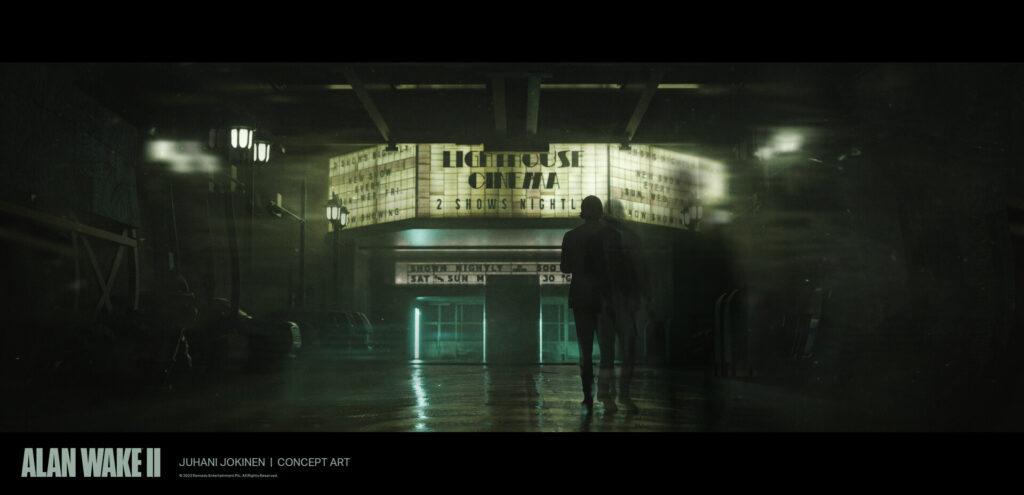Taped an interview. THen answered some questions and listened to other people answer there question.
What I did today
Today I went to employment services and I did video recorded interview practice, and the regular interview practice.

What I Did Today
I had a good day! I posted a few great jobs on the CTP job board for the students to help with their work search. I also worked on the ERGs. I am very passionate about this project because I enjoy helping people in any way I can and the one thing I am good at is finding resources and information for many different situations.
What I Did Today
Today I practiced doing a video interview with the instructor. I worked on my resume and other documents, and we ended with interview questions.
Service Coordinator
Remote/Work from home Full-time Service Coordinator
This position is in Burlingame, CA. In this position, you will report to the Call Center Manager. Must be able to work independently and have experience with Excel, Word, internet, PowerPoint, and Access. Must have 1 year of experience in customer service/call center. You are required to have Map reading skills.
Full-time Work-From-Home/Remote Service Coordinator
NAC
https://www.indeed.com/?vjk=8b233273971aef86&advn=9435481776915133
The pay range is $18.50-$20 an hour depending on experience. Benefits included are health, dental, vision, and more.
Scheduling Coordinator
In-person Full-time Scheduling Coordinator
This position is in Vallejo, CA.Must be able to lift 20 pounds to a 3-foot level. You will be responsible for opening and closing the office. It would help if you were familiar with office equipment, fax machines, copiers, computer keyboards, phones, etc.
Full-time in-person Scheduling Coordinator
WOW! Smilies
https://www.indeed.com/?vjk=d7cd621bd24a53ae&advn=9991077941330925
The pay range for this position is $19-$21 per hour benefits are mentioned.
Customer Service Representative
In-person part-time CSR
This position is in Folsom, CA. Preferred but not required, 1 year of veterinary office or customer service experience. They do offer on-the-job training. And you must have a love for animals.
Part-time in-person Customer Service Representative Entry Level
Blue Ravine Animal Hospital
https://www.indeed.com/?advn=9568750912345855&vjk=48bbdaf5e02efb6b
The pay range for this position is $18-$20 per hour depending on experience. Benefits included are health, vision, and dental plus so much more.
What I Did Today
Today started with more job listings, I got several good leads on Admin roles along with sharing a seasonal opportunity at UHaul (thanks Carrie!) My next task for the day was to continue working on the remote management of CTT systems and was able to get fully set up for the SuperMicro system. Alex Jose and I will meet again on Tuesday to update and move forward on that project. I was rounding out my day with adding more information to the Emergency Food document when Jose emailed me a PC troubleshooting issue to help on. I was able to research the cause of the problem and offer advice on the next steps for potentially resolving the issue.
Remote PT/FT: SEASONAL SALES & RESERVATIONS AGENT
U-Haul is hiring remote Seasonal Sales & Reservations Agents for a summer job (until September 30th, 2024) with potential for permanent positions.
Responsibilities
- Answer phone calls and help customers find the right U-Haul product or service
- Follow scripts and guidelines to ensure a smooth reservation process
Requirements
- At least 1 year of customer service or sales experience
- Strong communication and interpersonal skills
- Ability to multi-task and use multiple software programs
- Reliable internet and computer that meets specific requirements
- Availability to work 25-40 hours per week, including weekends and some holidays
- Must be able to work from a quiet and private home office environment
Benefits
- $13/hour base pay with potential to earn up to $20/hour with bonuses
- Paid, three-week training program
- Chance to convert to a permanent part-time or full-time role
https://jobs.uhaul.com/OpenJobs/JobDetail/R189156
For more opportunities to work remotely with U-Haul please see their entire job listings page:
https://jobs.uhaul.com/OpenJobs?page=2&PageChange=true&IsRemote=False&JobCategory=Remote&SearchDistance=20
Remote FT: Administrative Assistant – Operations Support
Wilkinson Homes, a leading custom home builder, is searching for a full-time Administrative Assistant to join their Operations Support team. This remote position provides critical support by handling various administrative tasks including scheduling, communication, travel arrangements, and documentation. The ideal candidate is highly organized, possesses strong attention to detail, and thrives in a fast-paced environment. They will collaborate with different departments and ensure smooth day-to-day operations. Wilkinson Homes offers a competitive salary and a comprehensive benefits package including medical, dental, vision, life insurance, 401k match, and paid time off.